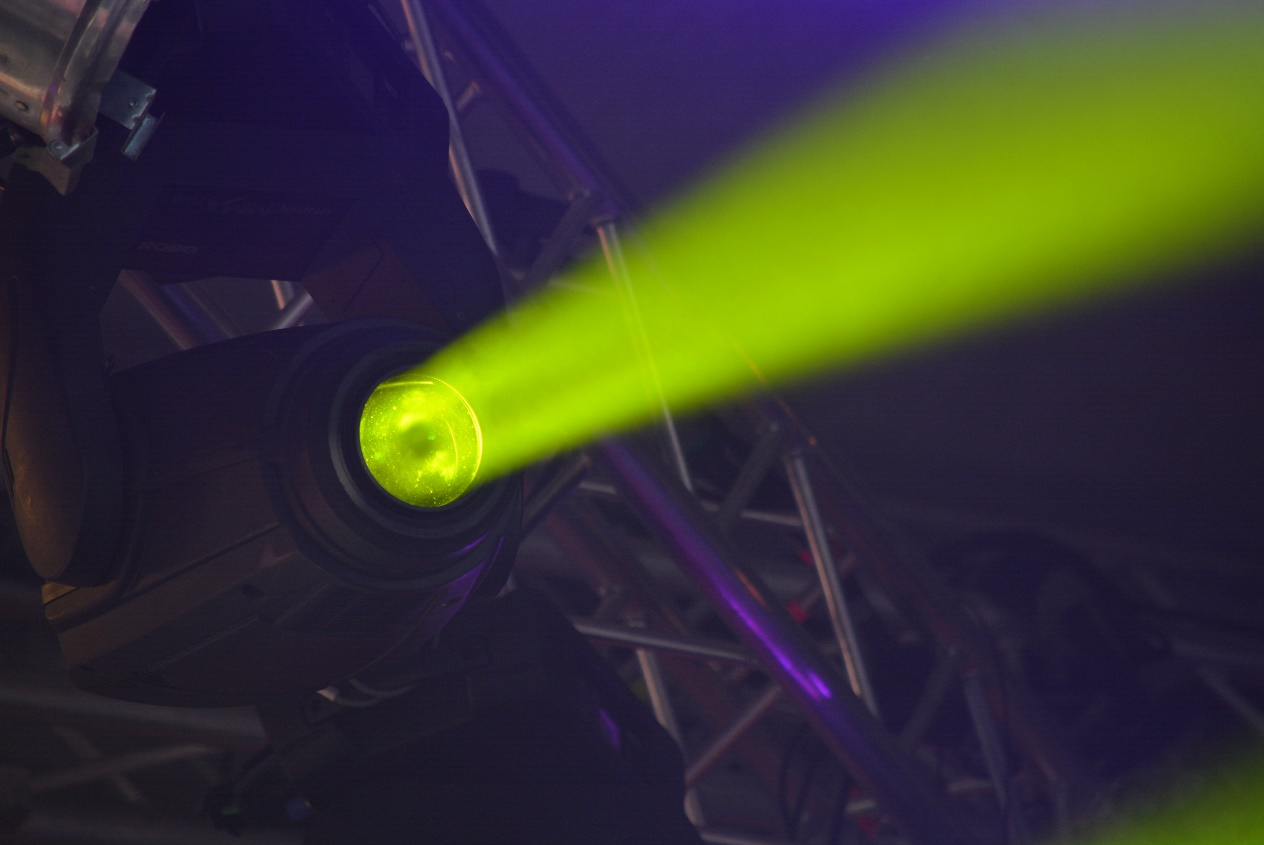
Understanding Luminous flux (lumen) and Illuminance (lux)
We often see luminous flux or illumination data on the packaging of light bulbs or other lamps. Maybe you know these two parameters are used to describe the brightness of light. But what are the specific definitions of luminous flux and illumination? What's the difference between them?
1. What is Luminous Flux?
Luminous flux is a measure of the total amount of visible light emitted by a lamp. It's different from the radiant flux. Radiation flux is the measurement of all electromagnetic radiation emitted (including infrared, ultraviolet and visible), which is the total amount of objective light. Luminous flux is the amount of light that the human eye senses. It reflects the sensitivity of the human eye by weighting each wavelength with a luminosity function. So that it is the weighted sum of all wavelengths of power in the visible light band, excluding infrared and ultraviolet.

2. What is the Luminosity Function?
The luminosity function describes the relative sensitivity of human eyes to light of different wavelengths by subjectively judging the brightness of light of different colors. It shouldn’t be considered perfectly accurate, but it is a good representation of visual sensitivity of the human eye and it is valuable as a baseline for experimental purposes.

Figure 1: Photopic (black) and scotopic (green) luminosity functions
3. The Unit of Luminous Flux——Lumen
The SI unit of luminous flux is the lumen (lm). The lumen is defined in relation to the candela which is the unit of luminous intensity as
1 lm = 1 cd ⋅ sr
That is, when the luminous angle of a light source is one solid angle and the luminous flux is 1 lumen, its luminous intensity is 1 candela. When the luminous flux of a light source is also 1 lumen, but the luminous angle becomes 1/2 solid angle, the luminous intensity of this light source is considered to be 2 candelas.
Conversely, when the luminous intensity of a point light source that emits light in all directions is 1 candela, as a full sphere has a solid angle of 4π steradians, the luminous flux of this light source is 4π lumens, or 12.56 lumens.

Figure 2: A graphical representation of 1 steradian.
4. What is illuminance?
In photometry, illuminance is the total luminous flux of light incident per unit area. In other words, luminous flux represents the total amount of light emitted by the source, while illuminance refers to the total amount of light received by an object.
The relationship between illuminance and luminous flux is similar to that between Irradiance and radiation flux, that is, the radiation flux received per unit area. However, the illuminance is weighted according to the sensitivity of human eyes to light of different wavelengths, which represents the light intensity perceived by human eyes.
5. The Unit of Illuminance——Lux
The SI unit of illuminance is the lux (lx). It is equal to one lumen per square meter.
1 lx = 1 lm/m2 = 1 cd·sr/m2.
In photography, there is also a non-metric unit of illumination, foot-candle. Foot-candle means "the illumination of a candle source on a surface one foot away." Thus, one foot-candle is equal to one lumen per square foot or about 10 lux.

6. Both Distance and Tilt affect Illumination
Illuminance is the number of lumens per square meter. It means that when a light source of 1000 lumens illuminate an area of 1 square meter, the illuminance on this plane is 1000 lx. When a light source of 1000 lumens illuminate an area of 10 square meters, the illuminance on the plane becomes 100 lx.
So that, when we buy light bulbs, we should not just choose them based on the number of lumens. This is because when bulbs of same lumen number are installed in sitting room and toilet, as a result of the different size of rooms, the illuminance distinction that eyes perception can be greatly.

Leave a comment